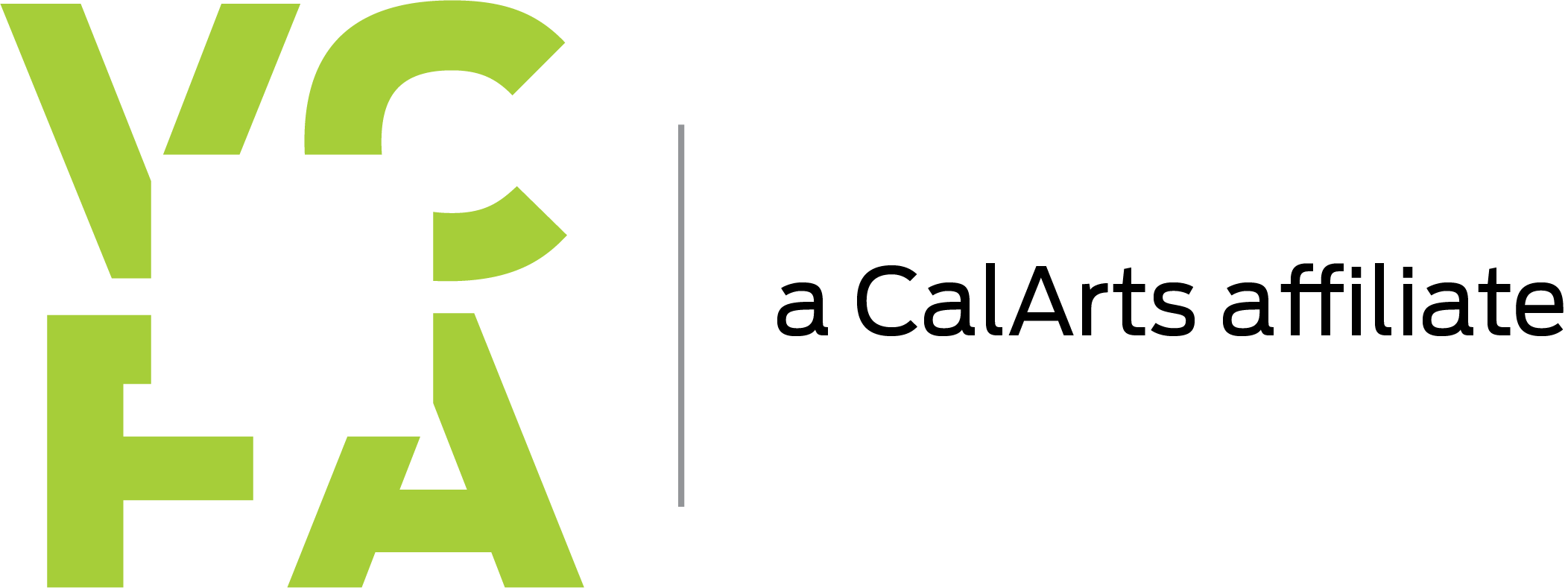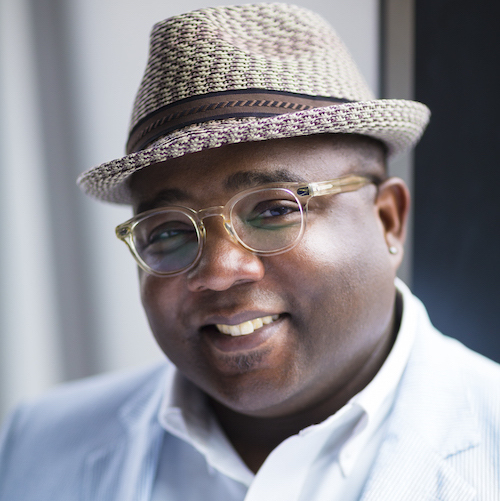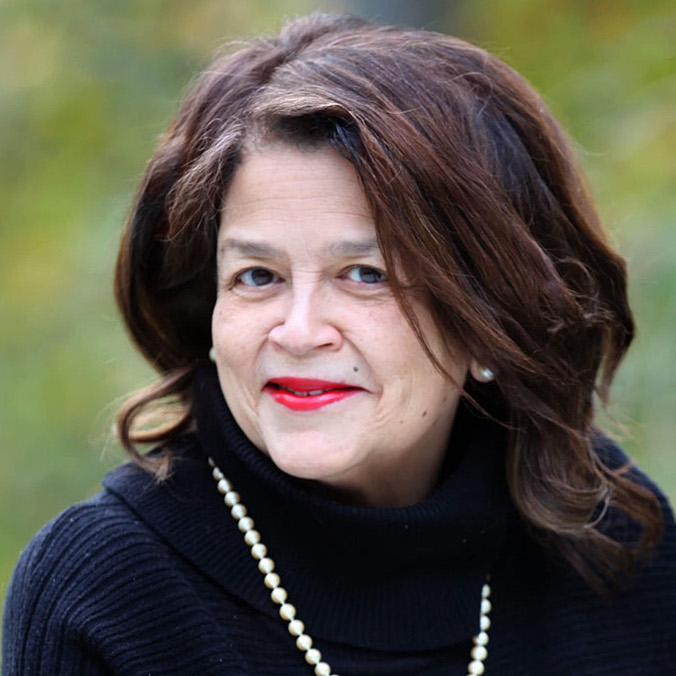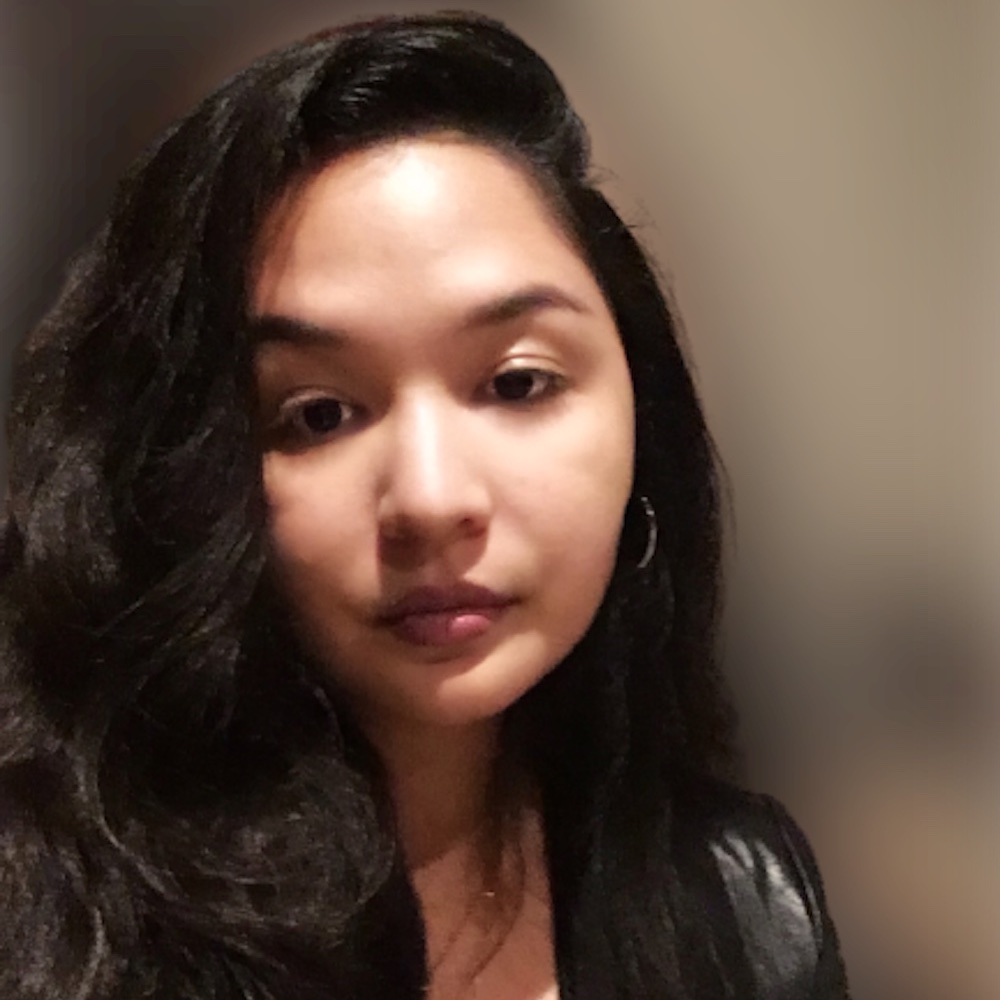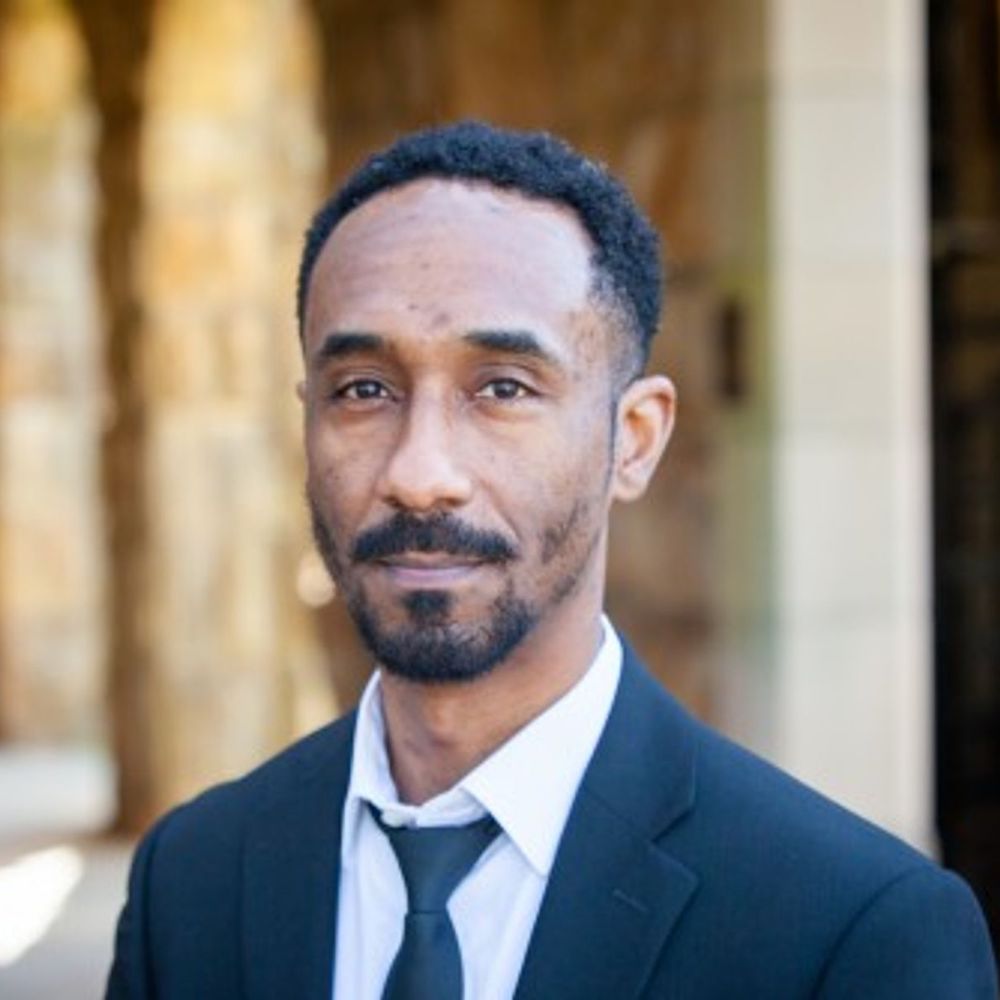Dr. Martin Luther King, Jr. Day 2022
January 17: A Community Reflects
In honor of Dr. Martin Luther King, Jr. Day, the Offices of Diversity, Equity, and Inclusion and Institutional Advancement invite the VCFA community to participate in a community reflection prompt:
We honor the advocacy, leadership, and legacy of Dr. Martin Luther King, Jr. In his “Letter from Birmingham Jail,” Dr. King described the ways nonviolent direct action can establish creative tension, illustrating issues a community can no longer ignore. Grounded in our belief that “The arts are central to the human experience and have the ability to not only reflect reality but create it,” we ask our VCFA community to pause and reflect on Dr. King’s leadership, and the ways artistic expression contributes to the manifestation of creative tension to create a more equitable and inclusive world.
Throughout January, we invite you to share your reflection with us, whether that’s written, visual art, motion art, or audio art. All submitted reflections will contribute to an ongoing effort of inspiring our community of artists to keep Dr. Martin Luther King, Jr.’s vision and message alive beyond just one day.
Reflections
We asked some members of our community to share with you their reflections today. Take a moment and read and listen to their reflections.
Jonathan Bailey Holland, MFA in Music Composition Faculty
It seems that since humans have been on the planet we have been communicating artistically. The arts allow us a way to express our own views/feelings/dreams/etc., but they also allow us to reflect and record the world around us, and to grapple with things we need to externalize in order to understand more clearly. The work that is created through this process allows others to empathize, agree, disagree, feel seen and validated, and to feel connected. And because artistic expression is indirect, it is by its very nature a safe space. The arts also require us to pause and pay attention, which is much harder these days than it has ever been. To experience an artwork is to pay attention. And to pay attention is to hear and see and acknowledge what you are experiencing. This all seems crucial to creating a welcoming and equitable community that reflects Dr. King’s vision—having the ability to freely express ourselves, while also paying attention to what others are expressing and communicating.
Cheryl D. Miller, Trustee & VCFA Doctor of Humane Letters
The Martin Luther King, Jr. Civil Rights Era legacy sits at the center of my coming-of-age story. I was born pre CRE, I grew up during the CRE, and attended art college post CRE. King’s assassination marked the closing moments of a tumultuous time, not unlike the times of social uncertainty and political tension we experience even today. He encouraged us to have a dream. I had a dream; I wanted to be an artist.
Immediately, his legacy began to both affect and effect the hearts of our gate keepers to the arts “academy,” industry, and academia. The visual arts community was ready to offer reparations and began giving access to mostly African American and Puerto Rican high school students to attend art and design colleges. Often closed to students of color, many art colleges opened their admission doors. They offered an arts college education to a more diverse community. I was recruited into the Minority Recruitment Program at Rhode Island School of Design’s in the freshman class 1970. RISD heard the demands of their freshman class 1969, which had been most impacted by our community’s loss of Martin as a leader. The press for a more diverse community in the field of visual arts began directly at this moment; the life and legacy of Martin Luther King, Jr. fostered change and action across the art and design college landscape.
Yesterday’s demand for equal access gives way to today’s advocacy for equitable access; the work continues. I am extremely proud to be a part of the Vermont College of Fine Arts community dedicated to inviting everyone to the table of a quality fine arts education. We are genuinely living the dream and seeing a more just tomorrow for all artists across the platform of a global and far-reaching fine arts community. Candidly, if it hadn’t been for Martin Luther King, Jr.’s life and legacy, I wouldn’t have his dream continuing to live out in my own dream. I dream we all have the opportunity to live out our own legacy gifts as fine artists. It’s our God-given right to create a better future for ourselves and each other.
Donald Quist (’13 W), MFA in Writing Program Director
I have never managed to adopt pacifism, especially in response to blatant threats against my life. Growing up, every January seemed to weaponize King against a young Black boy/man like me with behavioral issues. I came to resent King for a while. Not really, though. I resented how easy it appeared to take MLK’s earnest supplication for African Americans to turn the other cheek and employ it as a means of absolving white complicity in the historied subjugation of bodies of color. His preaching for forgiveness and reconciliation never connected with me. I was far more interested in his contemporary, Malcolm X, and King’s progenitor, Bayard Rustin. These Civil Rights heroes showed an anger like mine. And, they had intersecting identities and beliefs less easy to exalt for a cis-gendered white American mainstream fearing retaliation or comeuppance.
As I get older my relationship with the holiday associated with King’s birthday evolves. I learn more about him, not as the ever-patient figure the nation continually tries to position as a model and a shield; not as a too, too, divine soul meant to guide us to our better angels. I learn about him as a person, as a father, scholar, pastor, husband, friend. Every year now, I try to take time to learn more about the intimacies of his life as a human being, and not, as political-science historian Jehanne Theoharris calls it, the “national fable” who inspired President Ronald Reagan to establish a federal holiday in 1983. I hope to learn more about him this year too and encourage others to do the same, so that we might celebrate the life of a human (with all his flaws and grace) who could rouse and inspire good.
Juliet Way-Henthorne (’22 W), Center for Arts & Social Justice Fellow
As we reflect on the life and legacy of Dr. Martin Luther King, Jr., it is impossible to overstate his magnificent command of language and rhetoric as we are now caught in the crossfires of hatred, intolerance, and a tremendous rise in visible, casual racism that is openly supported by powerful entities within this country. While we might feel that there is no choice but to borrow the weapons of hate and physical violence that these corrupt powers wield, Dr. King’s memory helps to remind us of the power of words—the way that they linger and last—the ability that they have to transform perspectives and raise voices that jump off of the page like a battle cry. This too is the power of the artist. We take words and weave them into rich tapestries of creative expression and creative tension, daring those who vilify, injure, and dismiss us to speak.
In “Letter from Birmingham Jail,” Dr. King writes, “I must confess that I am not afraid of the word ‘tension.’ I have earnestly opposed violent tension, but there is a type of constructive, nonviolent tension which is necessary for growth.” Artists use creative tension to inspire hope in the darkest of times, to speak necessary truths, and to bridge communities together through the recognition of shared traumas. Dr. King continues to teach us that words and art are magic—more powerful than any adversary because they seep below the surface, exposing evils and challenging them to meet us head-on in the field of open discourse. And while there will surely be tension, we, like Dr. King, need not fear it, because creative tension is where transformation is born. As artists, we wield the power of cultivating creative tension, and the pen is the most powerful weapon of all.
Prakash Wright (’20 MC)
TRANSCRIPT OF VIDEO: Hey, VCFA. I hope all of you are safe and well, had a good holiday, and are looking forward to a prosperous 2022.
One of the central elements of African American life and music is to look at things as they are while simultaneously presenting what they could be. This is something Reverend Dr. Martin Luther King did and is evidenced throughout the various speeches he gave during his lifetime. At the core of this element is honesty, the ability to tell the truth about the beauty and the ugliness of life with equal measure. This isn’t a popular approach, and Reverend Dr. King wasn’t popular while he was alive, and eventually was assassinated for this approach. However, this is a noble approach, and those of us who are beneficiaries of Dr. King’s sacrifice are better for it.
As a musician, honesty is a core part of the music I create and is something I hope listeners can hear when they encounter any of the music I compose and play. I do this because if I am honest about what I encounter in life, and I do my best to transmit that in the music I write, if the listener is open-minded about what they are hearing, hopefully they will leave the experience of my music different from how they came to it.
That, in my opinion, is how artistic expression contributes to the manifestation of creative tension to create a more equitable and inclusive world.
Stay safe, and we’ll see you next time. Bye.
Submit Your Reflection
Submission Guidelines
- Written Reflection: Max of 300 words, .doc or .pdf format
- Video Submission: Max of 2 minutes, .mp4 or .mov format (Must be saved as a .zip file first!)
- Audio Submission: Max of 2 minutes, .mp3 format (If your audio piece does not include lyrics, please also submit a brief written description of the piece.)
- Visual/Graphic Submission: Submit image as a high-resolution .jpg or .png file, along with a short description of the piece as a separate document.
Terms of Use
We will review all submissions and consider them for inclusion on our social media accounts, on the website, and in other VCFA publications. Prior to submitting your reflection, please also review VCFA’s Internet Privacy Policy. At the bottom of the form, you will be asked to check the box labeled “I acknowledge the VCFA Privacy Policy.” By checking the box, you acknowledge that you give VCFA permission to use your submission in any and all related VCFA publications, that you understand how the submission may be used, and that you agree to VCFA’s Internet Privacy Policy.
